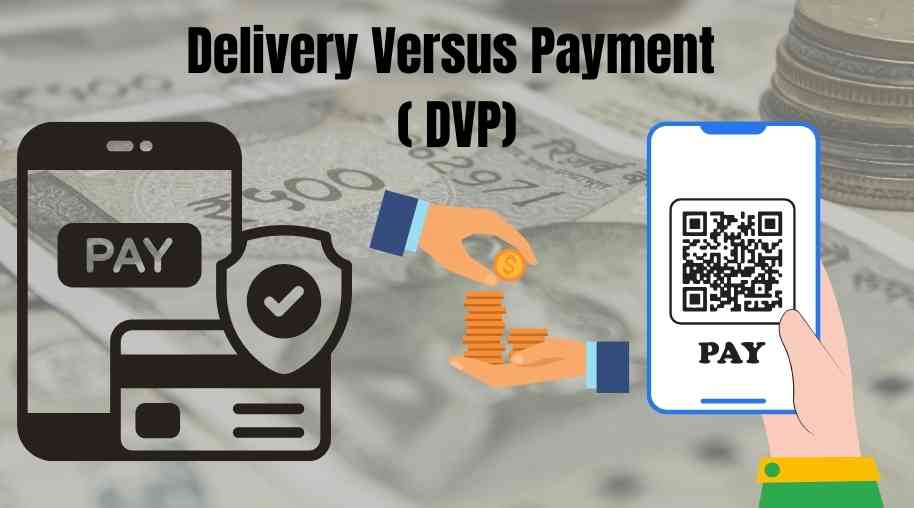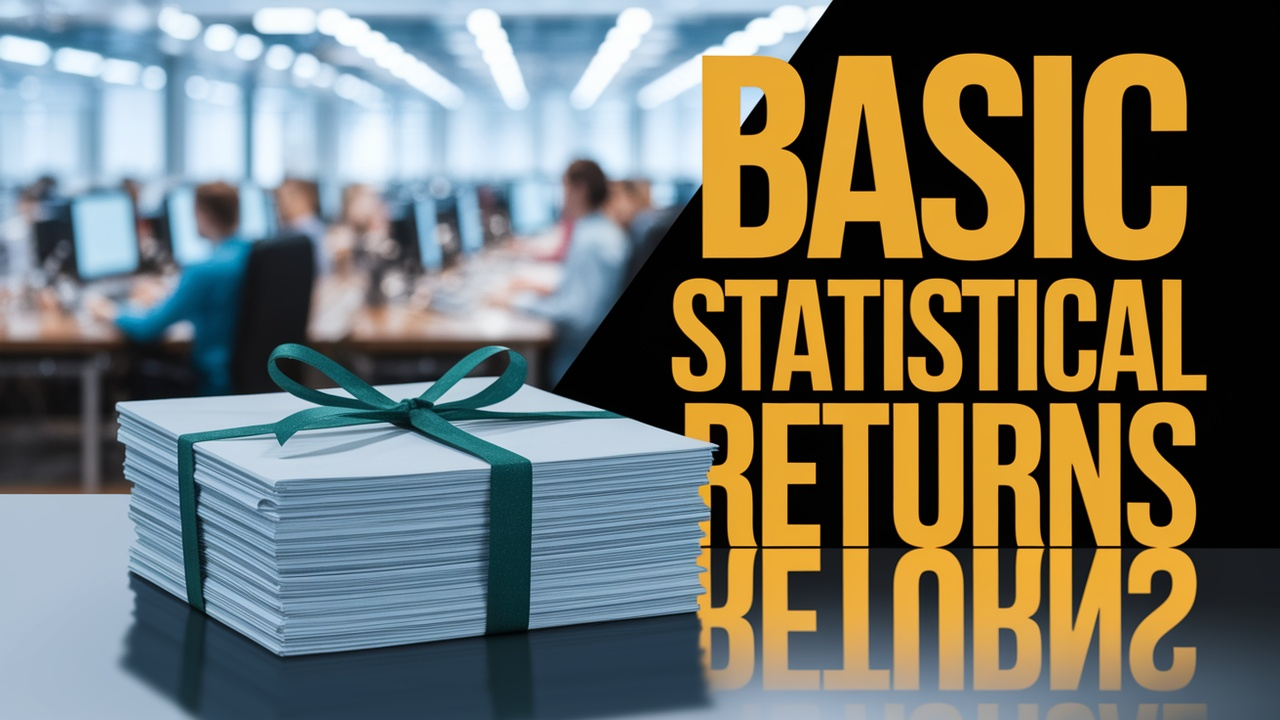DVP Full Form-Delivery Versus Payment
by Shashi Gaherwar
0 2465
Delivery Versus Payment (DVP): Concept, Mechanism, and Importance in Financial Markets
Introduction
In financial markets, settlement risk is a major concern for investors and institutions. The Delivery Versus Payment (DVP) system addresses this by ensuring securities are transferred only when payment is received, reducing counterparty risks and enhancing transaction security. Widely used in trading and securities settlement, DVP is critical for secure financial transactions. This article explores DVP’s concept, mechanism, importance, types, and its role in financial markets.

What is Delivery Versus Payment (DVP)?
Delivery Versus Payment (DVP) is a settlement process where securities are delivered to the buyer only upon simultaneous payment. It minimizes risks such as settlement failure or fraud, ensuring both parties meet their obligations. DVP is essential in stock exchanges, bond markets, and over-the-counter (OTC) transactions.
How Does the DVP Mechanism Work?
The DVP process facilitates simultaneous exchange of securities and payment, mitigating non-delivery or non-payment risks. Key steps include:
- Trade Agreement: Buyer and seller finalize trade terms, including price and quantity of securities.
- Trade Confirmation: Both parties verify and confirm trade details.
- Clearing Process: A clearinghouse validates the availability of funds and securities.
- Simultaneous Exchange: Securities are transferred only when payment is confirmed, ensuring risk-free settlement.
- Final Settlement: Ownership of securities is transferred upon meeting all conditions.
Importance of DVP in Financial Markets
DVP enhances financial markets by:
- Reducing Counterparty Risk: Ensures mutual delivery and payment, preventing defaults.
- Enhancing Market Stability: Minimizes fraud and settlement failures, fostering a reliable financial ecosystem.
- Regulatory Compliance: Meets regulatory mandates for transparency and security in transactions.
- Efficiency in Securities Settlement: Automates processes, reducing delays and manual errors.
Types of Delivery Versus Payment (DVP) Models
The Bank for International Settlements (BIS) categorizes DVP into three models based on settlement mechanisms:
- DVP Model 1 – Gross Settlement: Each trade is settled individually with instant exchange, often used in real-time gross settlement (RTGS) systems.
- DVP Model 2 – Net Settlement for Securities, Gross for Funds: Securities are netted, while payments are processed in real time, optimizing liquidity.
- DVP Model 3 – Net Settlement for Both: Both securities and funds are netted at the cycle’s end, common in stock exchanges.
DVP and the Role of Clearinghouses
Clearinghouses are critical to DVP transactions, ensuring:
- Accurate Trade Matching: Validates trade details for accuracy.
- Risk Management: Guarantees settlements to prevent defaults.
- Credit Risk Reduction: Shields buyers and sellers from counterparty failures.
Notable clearinghouses include the Depository Trust & Clearing Corporation (DTCC) in the U.S. and Euroclear in Europe.
Challenges and Limitations of DVP
DVP faces certain challenges:
- Liquidity Constraints: Requires participants to maintain sufficient funds for instant settlements.
- Operational Complexity: Involves multiple parties, necessitating robust technological infrastructure.
- Cross-Border Transactions: Varying settlement cycles create timing and regulatory challenges.
Future of DVP in Financial Markets
Emerging technologies like blockchain and smart contracts are advancing DVP toward atomic settlements, enabling instant, irreversible transactions. These innovations will further reduce settlement risks and boost efficiency in global markets.
The Delivery Versus Payment (DVP) system is vital for secure and efficient securities settlements, minimizing risks and enhancing market stability. Supported by various DVP models and clearinghouses, it ensures robust financial transactions. As digital innovations emerge, DVP will continue to evolve, reinforcing its role in a secure financial ecosystem.
Further Learning Resources
If you’re passionate about building a successful blogging website, check out this helpful guide at Coding Tag – How to Start a Successful Blog. It offers practical steps and expert tips to kickstart your blogging journey!
For dedicated UPSC exam preparation, we highly recommend visiting www.iasmania.com. It offers well-structured resources, current affairs, and subject-wise notes tailored specifically for aspirants. Start your journey today!

Share:








Comments
Waiting for your comments